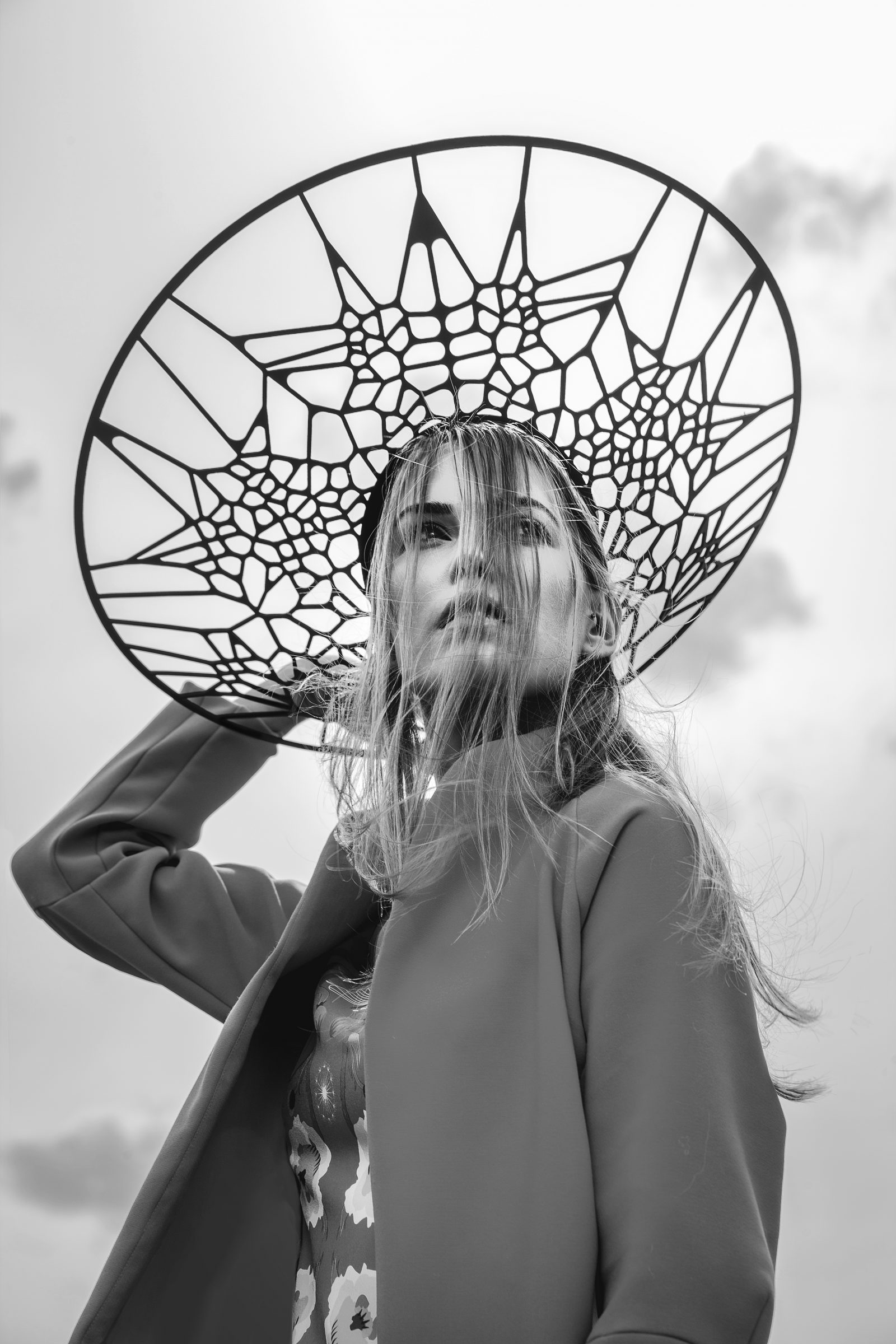Etudes of interdisciplinarity in digital architecture
Sille Pihlak
Architecture and fashion
It turns out architecture and the art of fashion aren’t very different. Scale, materiality and form create a visual distinction, but their basic essence is the same – both are protective layers on or for a body – one is closer, the other farther away.
Body 1: human. A multifunctional organism that stands, moves, breathes, thinks. Has undergone minimal shifts in form and needs over its history.
Body 2: clothing or building. Bearer of identity, depending on the user’s personal, political, religious or cultural ambitions and technological progress. In constant change over history.
In an architectural body built over half a century ago, all of the materials were clearly defined according to their qualities: iron ensured structural strength, a glass façade distinguished the internal and external world, concrete provided a usable surface. In fashion, various textiles were used as material for linings and coverings, these in turn joined together by thread and zippers. Now both disciplines are still dealing with traditional materials but, aided by technological progress and changes in the language of design, they have also arrived at hybrid materials. This is a story of the convergence of the architectural body and the human body.
Organic design
CAD technology, used in architecture, allows us to trace the evolutionary principles in architecture with increasing precision, and create mathematical models similar to living organisms. The principles of reproduction, formulas for heredity and organic simulation techniques have opened new avenues in design: the possibility to create, along with form, entire systems.
Iris van Herpen, a fashion designer who often collaborates with architects, says that design, fashion design, architecture and science are becoming one. The goal of fashion designers is to bridge the gap between nature and architecture, to create a new design language for clothing, one oriented to plentiful mutations. Although costumes have been made of various photo-polymers, they constitute natural organisms. Iris van Herpen’s works are characterized by organic language of form and constant experiments with materials in cooperation with the best architects.
